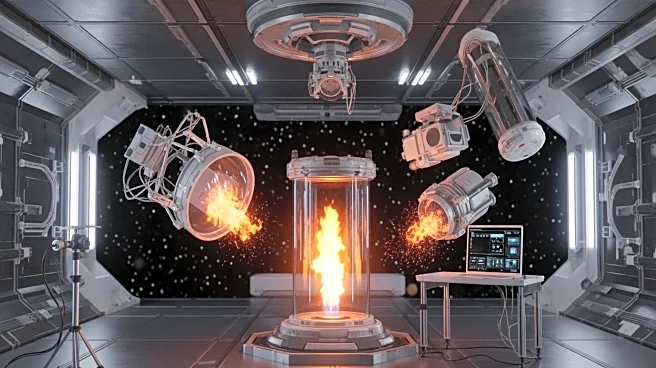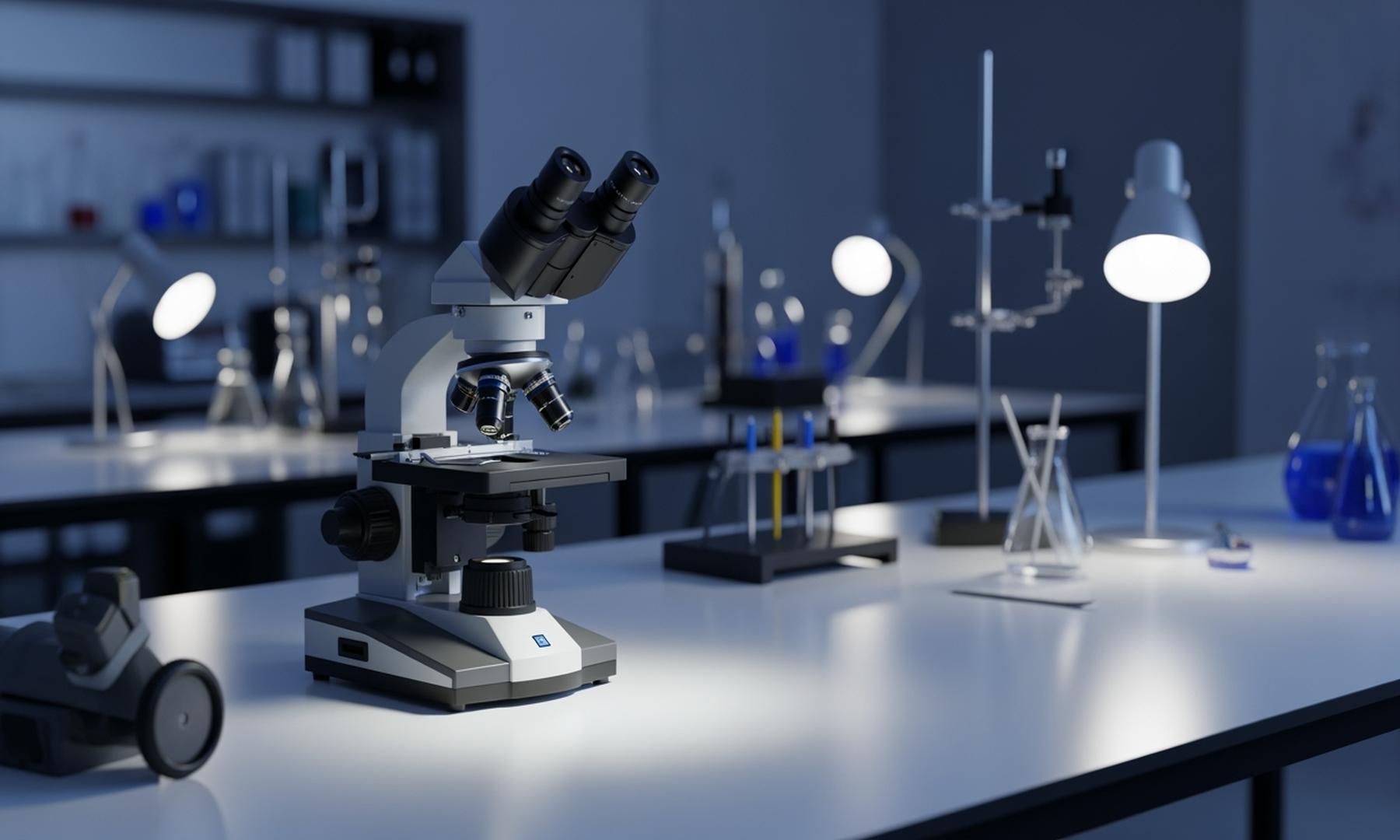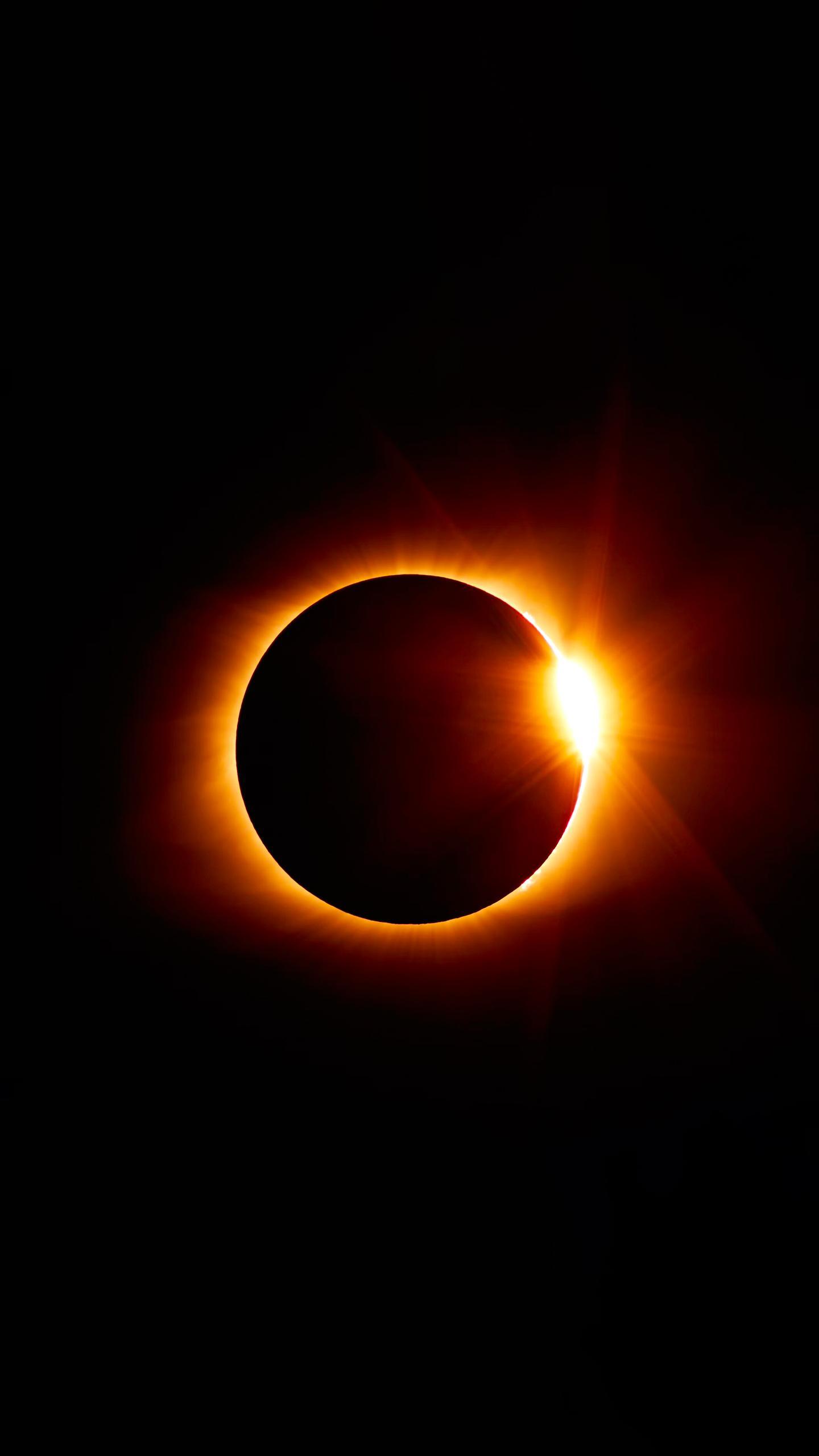What's Happening?
Chinese astronauts Gui Haichao and Zhu Yangzhu conducted a live demonstration of microgravity combustion aboard the Tiangong space station. The experiment involved lighting a match and observing the behavior of fire in a microgravity environment, resulting
in a spherical flame. This demonstration was part of an educational program aimed at students on Earth, showcasing how fire behaves differently in space compared to Earth.
Why It's Important?
Understanding combustion in microgravity is crucial for future space missions, particularly long-term journeys to the Moon or Mars. Insights from such experiments can inform the design of safer materials and fire suppression technologies, enhancing crew safety and mission success. The demonstration also highlights China's growing capabilities in space research and education, potentially influencing international collaborations and space policy.
What's Next?
Further studies on microgravity combustion may lead to advancements in life-support systems and emergency protocols for space missions. China's continued focus on space education and research could strengthen its position in the global space community, prompting other nations to enhance their own space programs. Collaborative opportunities may arise, fostering international partnerships in space exploration.
Beyond the Headlines
The experiment underscores the importance of scientific research in space, revealing hidden combustion regimes that are difficult to study on Earth. It also reflects China's strategic approach to space exploration, combining education with research to advance its space capabilities. Ethical considerations may emerge regarding the use of space for educational purposes and international cooperation.














